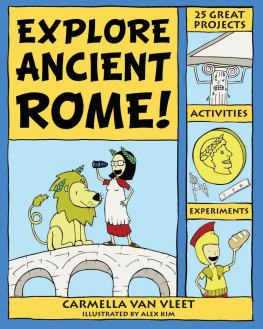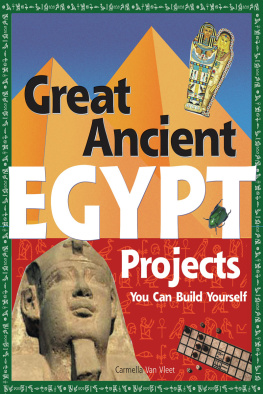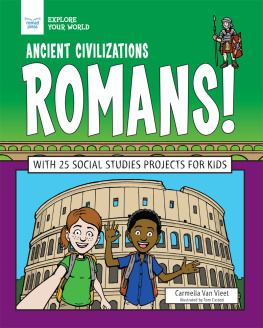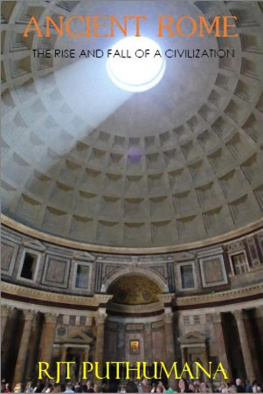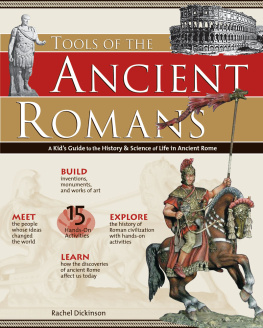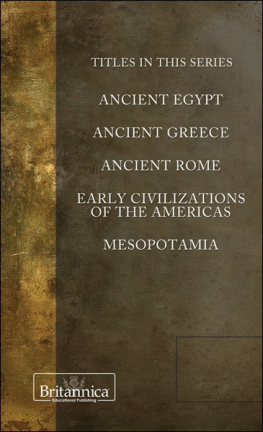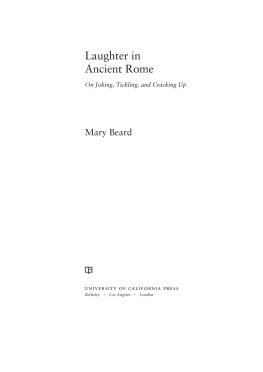

Nomad Press is committed to preserving ancient forests and natural resources. We elected to print Explore Ancient Rome! on 50% post consumer recycled paper, processed chlorine free. As a result, for this printing, we have saved:
12 Trees (40 tall and 6-8 diameter)
4,921 Gallons of Wastewater
1,979 Kilowatt Hours of Electricity
542 Pounds of Solid Waste
1,066 Pounds of Greenhouse Gases
Nomad Press made this paper choice because our printer, Thomson-Shore, Inc., is a member of Green Press Initiative, a nonprofit program dedicated to supporting authors, publishers, and suppliers in their efforts to reduce their use of fiber obtained from endangered forests.
For more information, visit www.greenpressinitiative.org.
Nomad Press
A division of Nomad Communications
10 9 8 7 6 5 4 3 2 1
Copyright 2008 by Nomad Press
All rights reserved.
No part of this book may be reproduced in any form without permission in writing from the publisher, except by a reviewer who may quote brief passages in a review.
The trademark Nomad Press and the Nomad Press logo are trademarks of Nomad Communications, Inc. Printed in the United States.
ISBN: 978-0-9792268-4-7
Questions regarding the ordering of this book should be addressed to
Independent Publishers Group
814 N. Franklin St.
Chicago, IL 60610
www.ipgbook.com
Nomad Press
2456 Christian St.
White River Junction, VT 05001
Contents

INTRODUCTION
Lets Explore Rome!
CHAPTER 1
Home Sweet Villa
CHAPTER 2
Eat Like a Roman
CHAPTER 3
Time for School
CHAPTER 4
Be Glad Youre Not a Gladiator
CHAPTER 5
High Fashion
CHAPTER 6
Emperors Rule!
CHAPTER 7
Gods and Goddesses
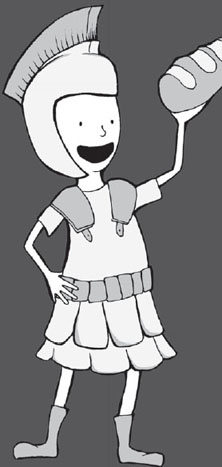
For Mom and Abbeymy bookends.
Other titles from Nomad Press

Lets Explore Rome!

H ave you ever used a calendar or walked on a paved road? Have you ever been to a mall? Do you have running water in your house? If so, you can thank the people who lived in ancient Rome! Ancient Romans invented these things and many more.

Where was ancient Rome? What was the Roman Empire? What was it like to live there? And, how did ancient Rome influence the world we live in today?

In this book, youll explore ancient Rome, an incredible city and empire that existed from 753 BCE to 476 CE. This book will also answer many of your questions and share some cool facts.
Youll get to learn about villas, aqueducts, emperors, chariot races, gladiators, bathhouses, mosaics, and the Colosseum. Youll also learn about some interesting people, such as Hadrian, Trajan, and Julius Caesar. One of them had a wall. One of them had a mall. And one of them had a great fall! Along the way, youll get to do plenty of fun projects, play games, and hear some goofy jokes. Ready? Lets explore!

Where in the World Was Ancient Rome?
Ancient Rome was a city in Italy. According to legend, Romulus and Remus founded it in 753 BCE. Romulus and Remus were brothers who were taken from their mother and left to die along the banks of the Tiber River. A she-wolf took care of them until a shepherd adopted them. When they got older, they decided to build a city near the place the wolf found them. They fought over who would rule the new city and Romulus killed Remus. Rome, which still exists, is named for Romulus.
The area, which had seven hills, was a good place for a city. The Tiber River provided water, food, and a way to travel. In time, the rulers of Rome took over neighboring lands. All of these lands together were called the Roman Empire. The Roman Empire grew to include Spain, Greece, Asia Minor, Britain, Turkey and North Africa. The Roman Empire also controlled the Mediterranean Sea.
Because the Roman Empire was so big, different parts had different kinds of weather. Some places were cold. Others were hot. There were also different kinds of landscapes. Some places had desert sand. Other places had mountains. Romans became good at adapting to different kinds of environments. This helped them grow and flourish. One of the other things that helped ancient Romans to thrive was the aqueduct.


Roman Empire: all the lands and people ruled by Rome.
aqueduct: a channel that carried water from streams in the hills and mountains and from the Tiber River to the city of ancient Rome.
channel: a canal through which a stream of water moves.
castellum: a water tank in ancient Rome.
Cloaca Maxima: a famous sewer in Romethe first sewer.

Aqueducts
A million people lived in ancient Rome. All of those people needed water. In order to get water to the city, Romans built aqueducts. Aqueducts were channels that carried water from streams and springs in the hills and from the Tiber River to the city. They were made out of stones and concrete and had gradual slopes to move the water down. Gravity makes water move downhill.
At first, these channels were underground. This was probably done to hide the aqueducts from enemies. When the Roman Empire got so big it didnt have to worry about enemies as much, the aqueducts were built above ground, on top of concrete archways.

Ancient Romans discovered a way to make concrete waterproof. They added volcanic sand. this was important because it meant they could build things that lasted a long time and held up in all kinds of weather. An example of this is an aqueduct. Many ancient Roman aqueducts are still standing, even though they are no longer used.
Next page
